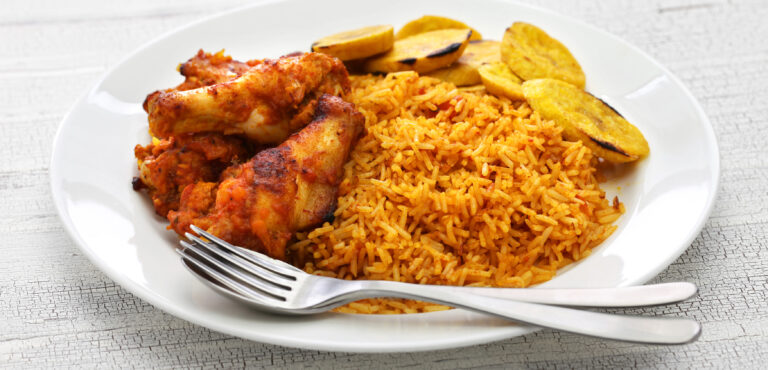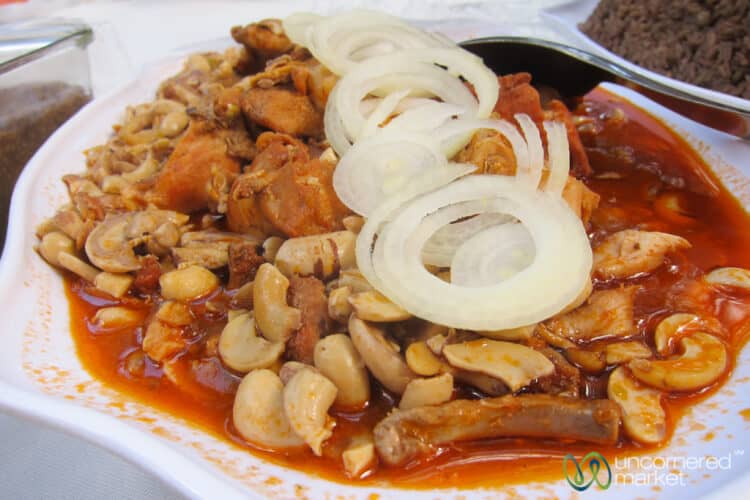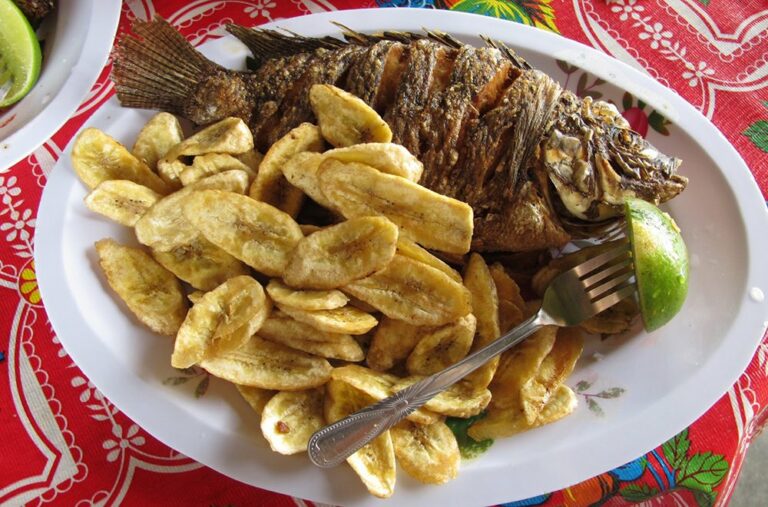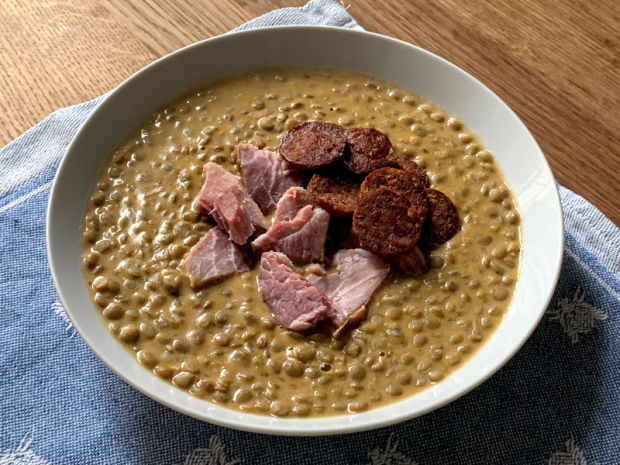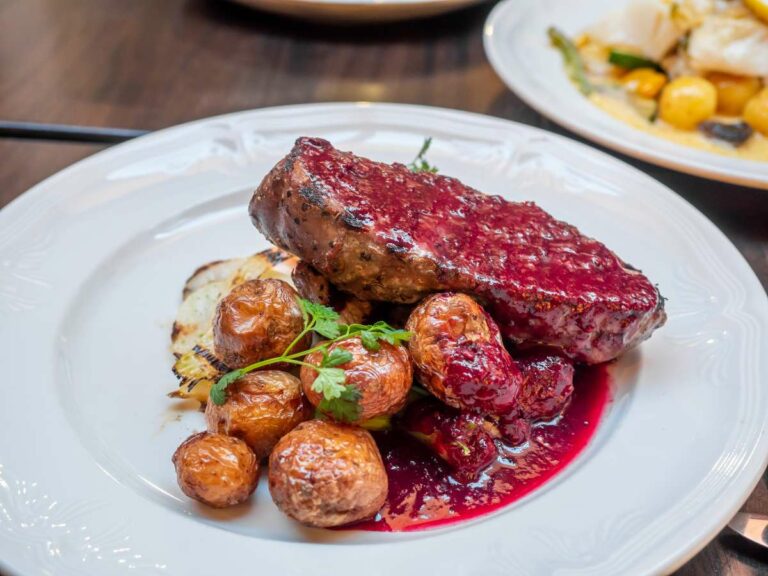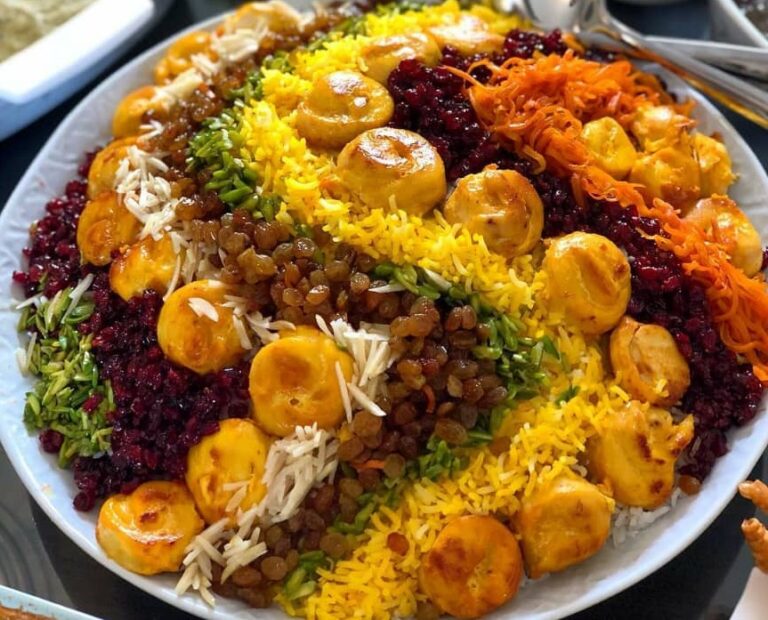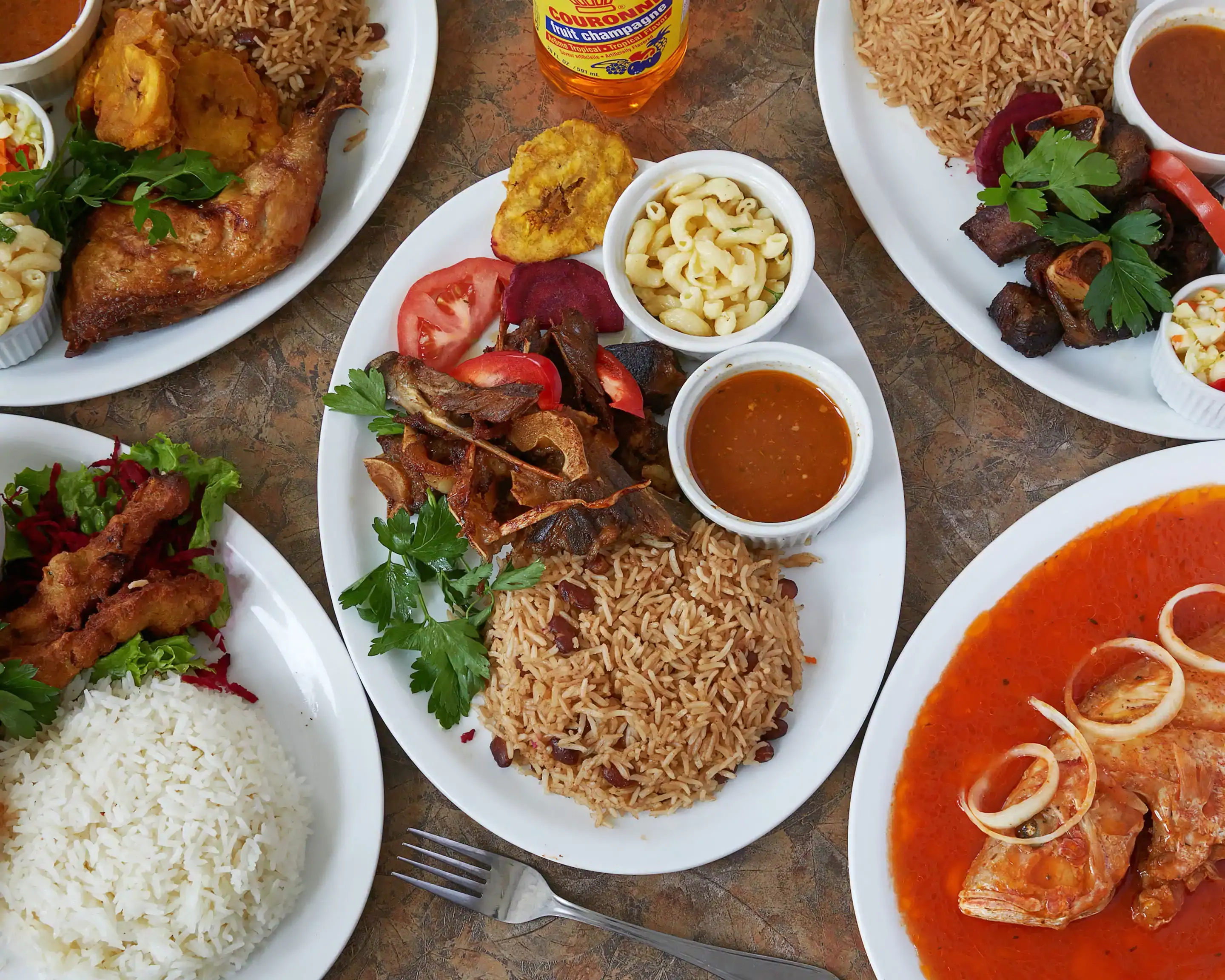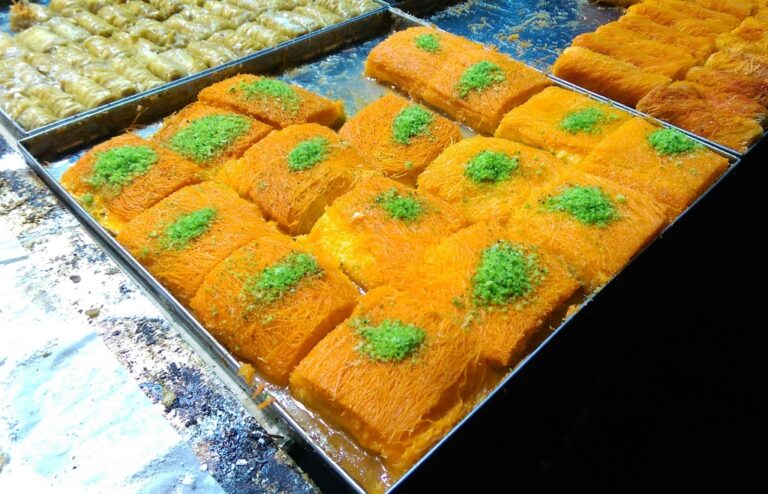Introduction: The Flavors of Guyanese Cuisine
Guyanese cuisine is a blend of African, Indian, European, and Indigenous influences, making it a flavorful and unique cuisine. The cuisine of this South American country is characterized by a fusion of different cultural traditions, resulting in a diverse range of dishes with complex flavors. Guyanese cuisine is known for its use of exotic spices, herbs, and seasonings, which add depth and complexity to dishes.
The Spice Factor: Exploring Guyanese Cuisine
One of the defining features of Guyanese cuisine is its use of spices. Spices play a vital role in Guyanese cooking, adding both flavor and aroma to dishes. Guyanese cuisine is not necessarily known for being spicy, but rather for its use of a variety of spices to create complex and flavorful dishes. While some dishes may have a bit of heat, the cuisine is not necessarily known for its spiciness.
The Role of Spices in Guyanese Dishes
Spices are an essential component of Guyanese dishes. They are used to enhance the natural flavors of the ingredients and create depth and complexity in dishes. Spices are often toasted or ground to release their flavors and aromas before being added to dishes. They are used in marinades, rubs, and sauces to add flavor to meat, fish, and vegetables. Spices are also used in desserts and sweets, adding unique flavors to cakes, cookies, and puddings.
Common Spices Used in Guyanese Cooking
Some of the most commonly used spices in Guyanese cuisine include cumin, coriander, turmeric, ginger, allspice, cardamom, and cloves. These spices are often used in combination with each other to create complex flavors. Other popular spices include fenugreek, mustard seeds, cinnamon, and nutmeg. Each spice has its unique flavor and aroma, which adds depth and complexity to dishes.
Regional Variations of Spiciness in Guyanese Cuisine
The level of spiciness in Guyanese cuisine varies depending on the region and the dish. In coastal regions, dishes tend to be less spicy, while dishes from the interior may have more heat. Some dishes, such as pepperpot, are known for their spiciness, while others, such as chicken curry, are milder. The level of spiciness in Guyanese cuisine can also be adjusted to individual taste preferences.
Conclusion: Embracing the Heat of Guyanese Cuisine
While Guyanese cuisine is not necessarily known for its spiciness, it is a cuisine that embraces a range of flavors and spices. The use of spices adds depth and complexity to dishes, making them flavorful and unique. Whether you prefer mild or spicy dishes, Guyanese cuisine is sure to delight your taste buds with its exotic flavors and unique ingredients.

